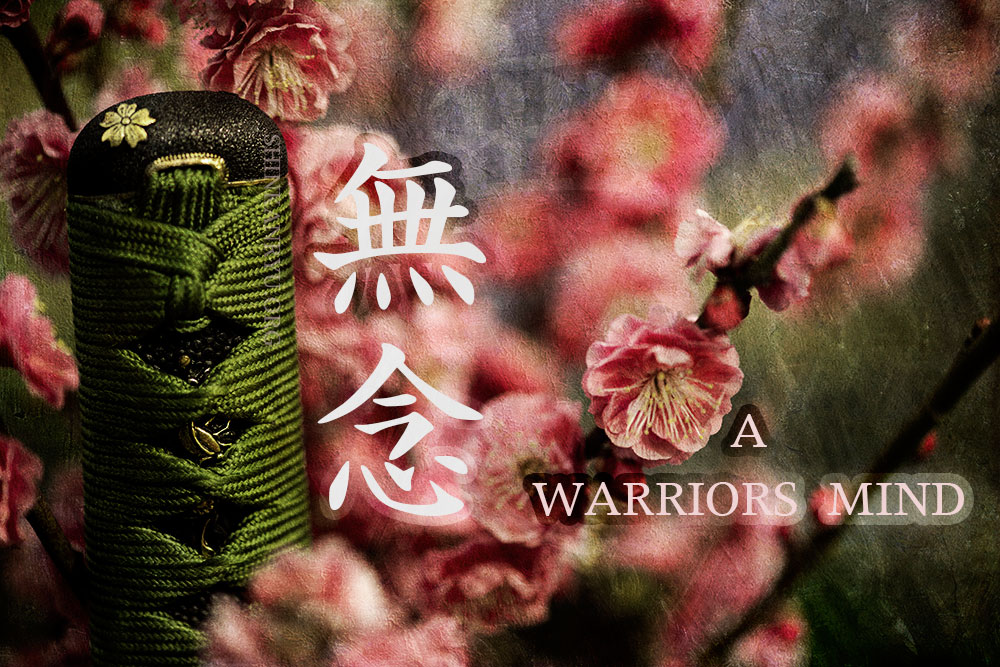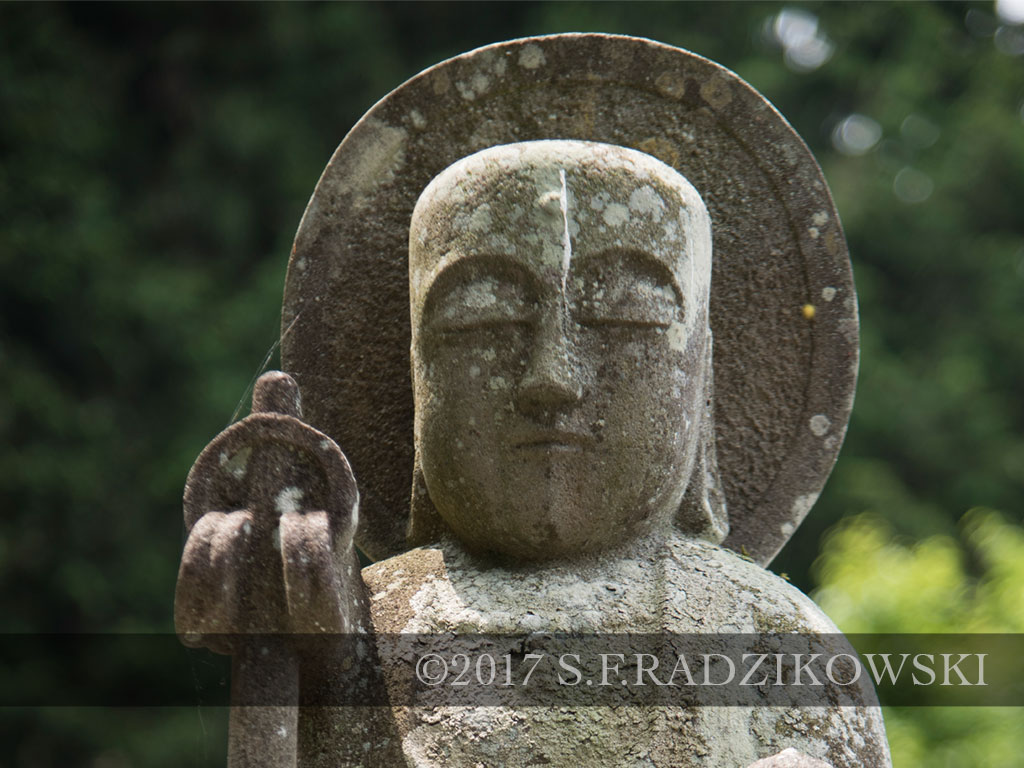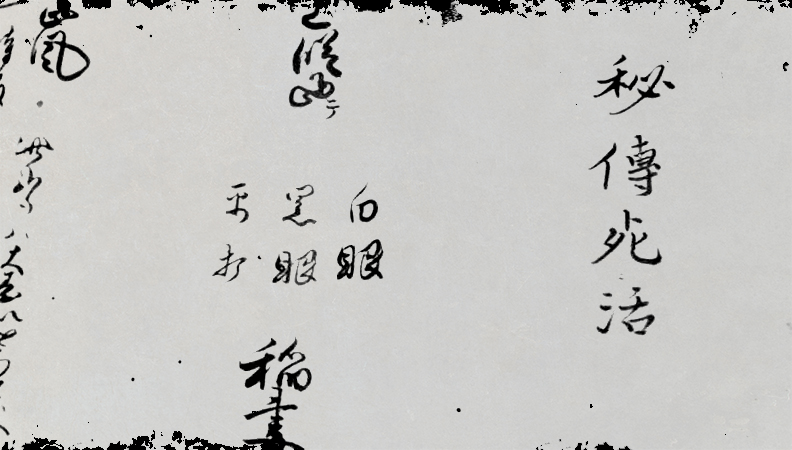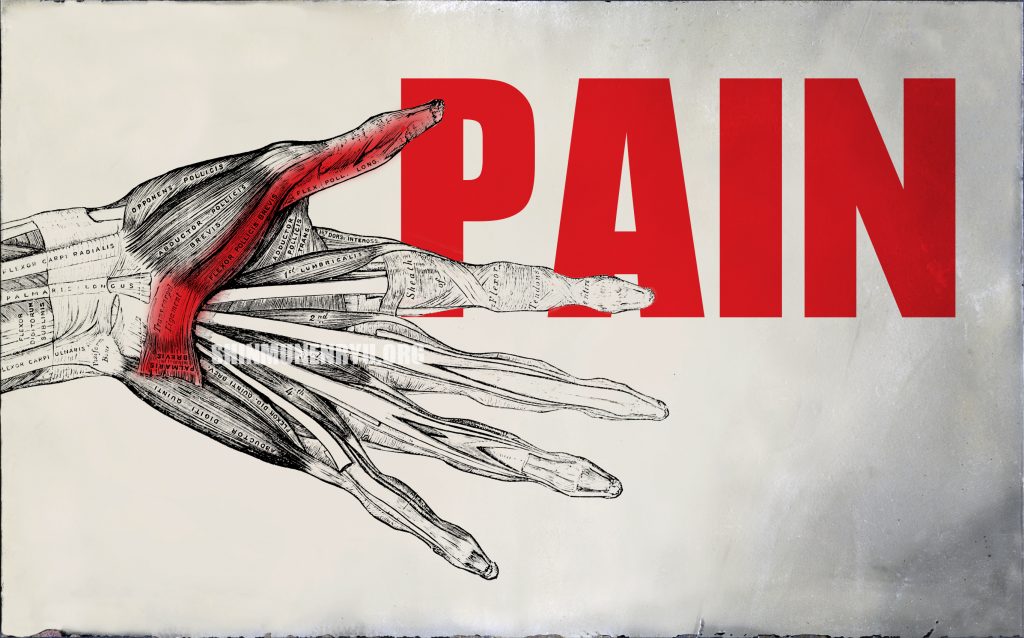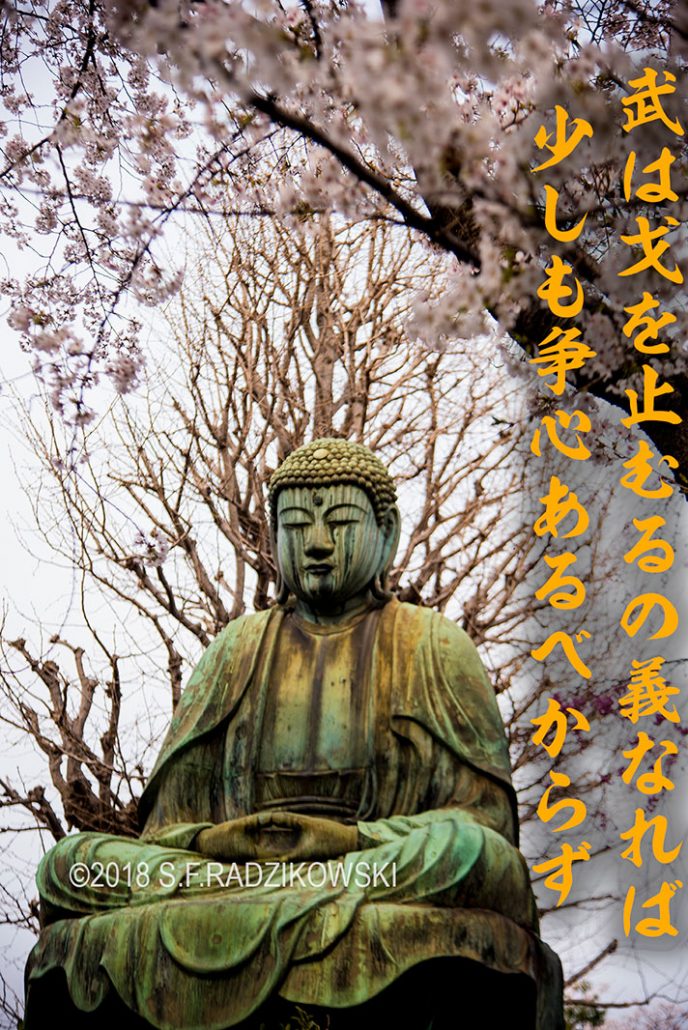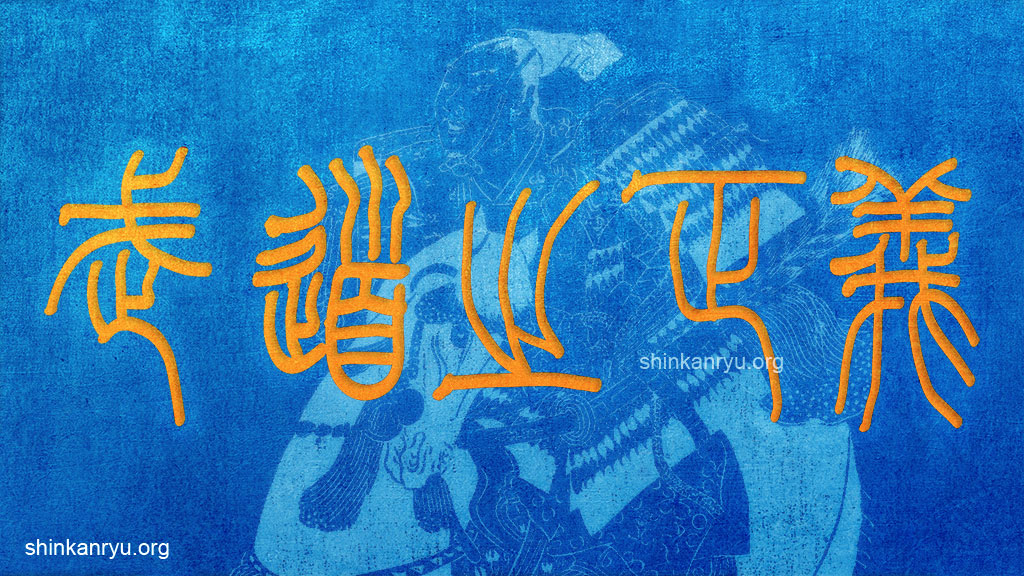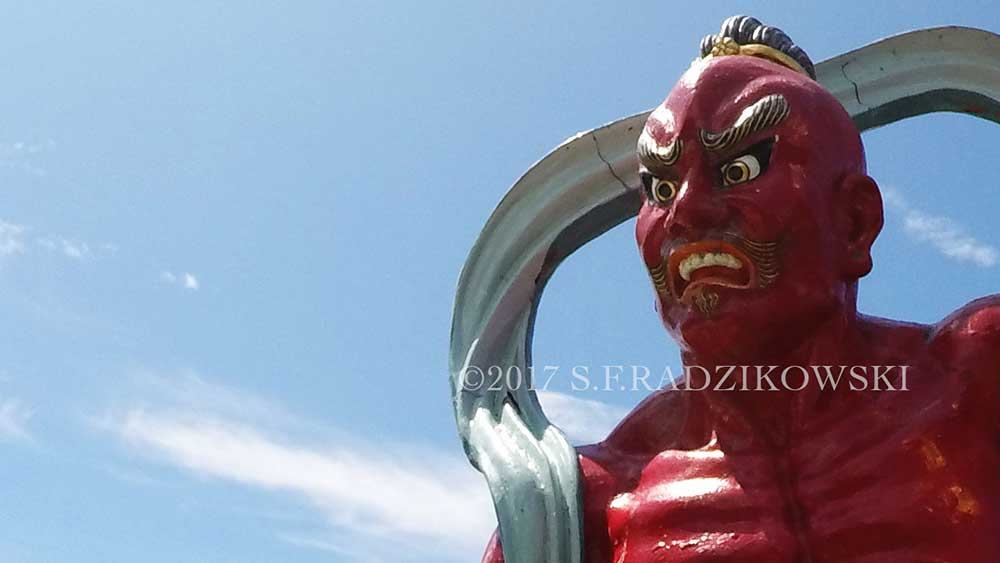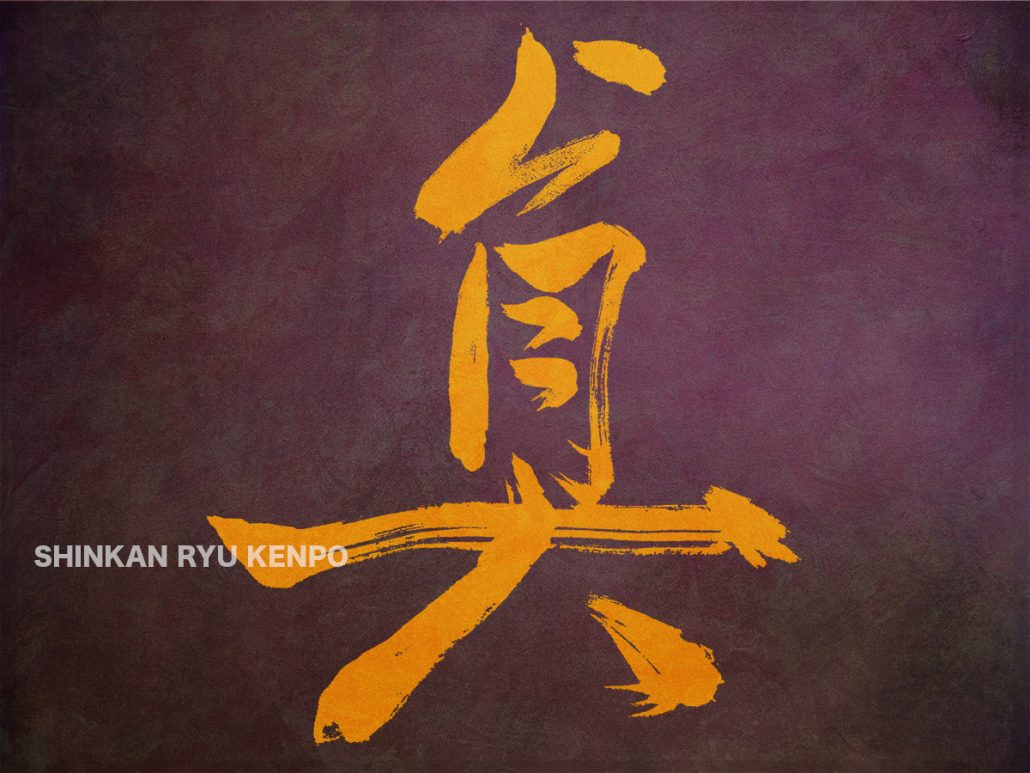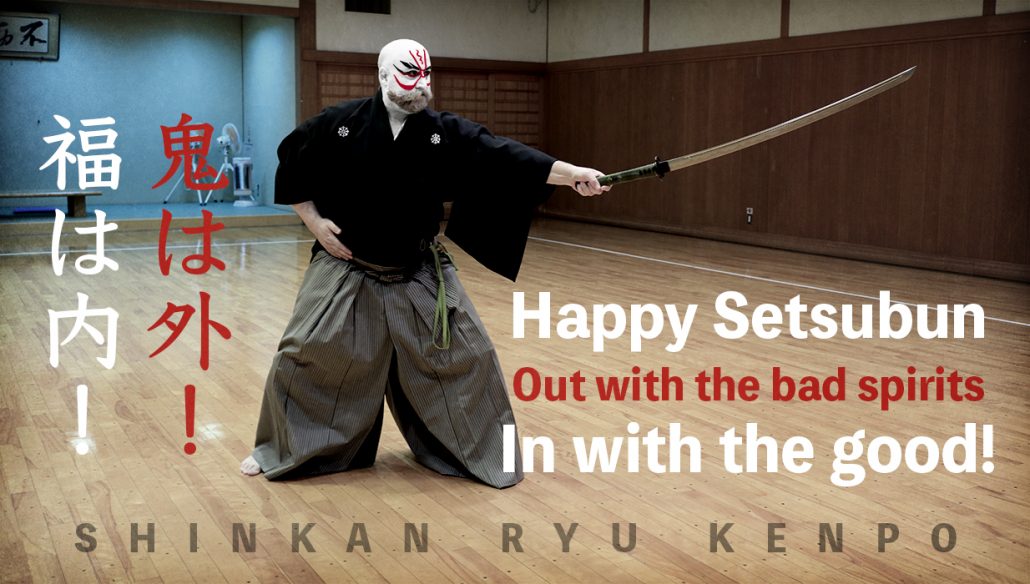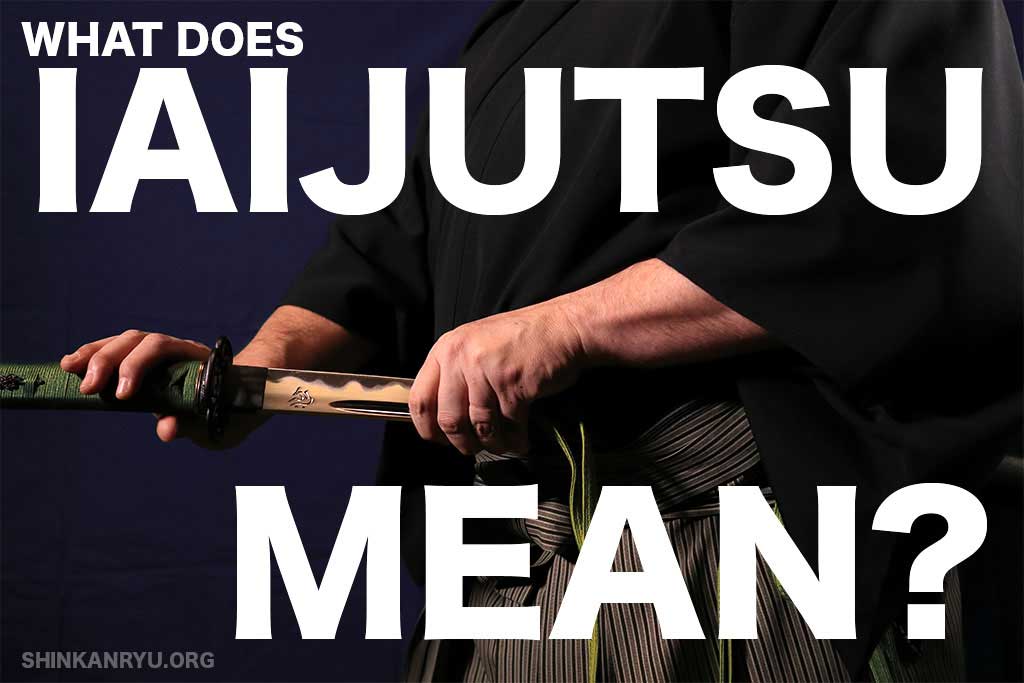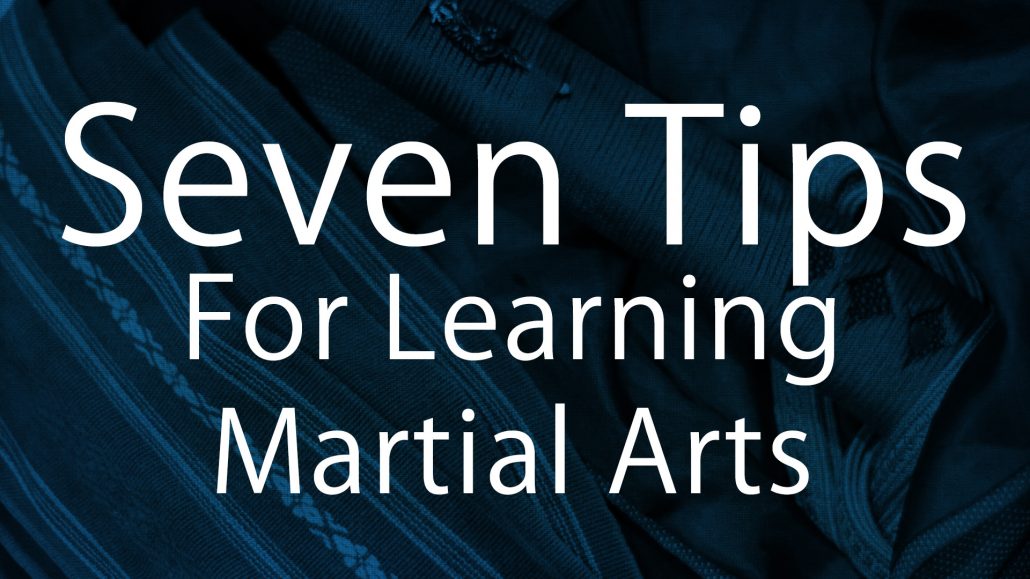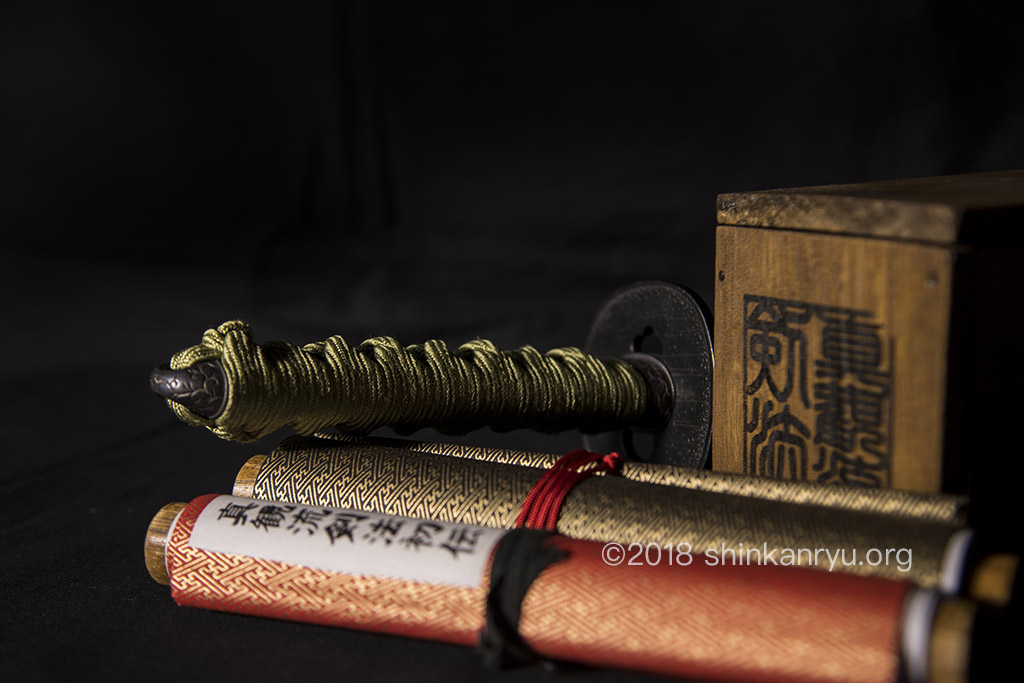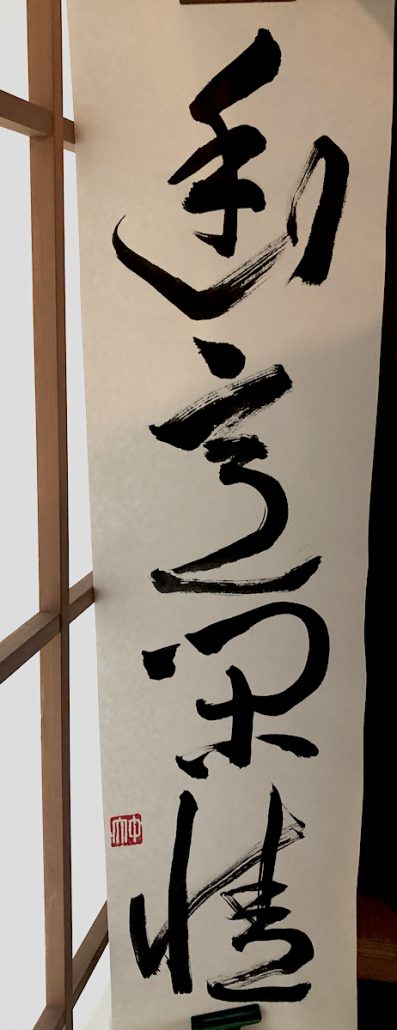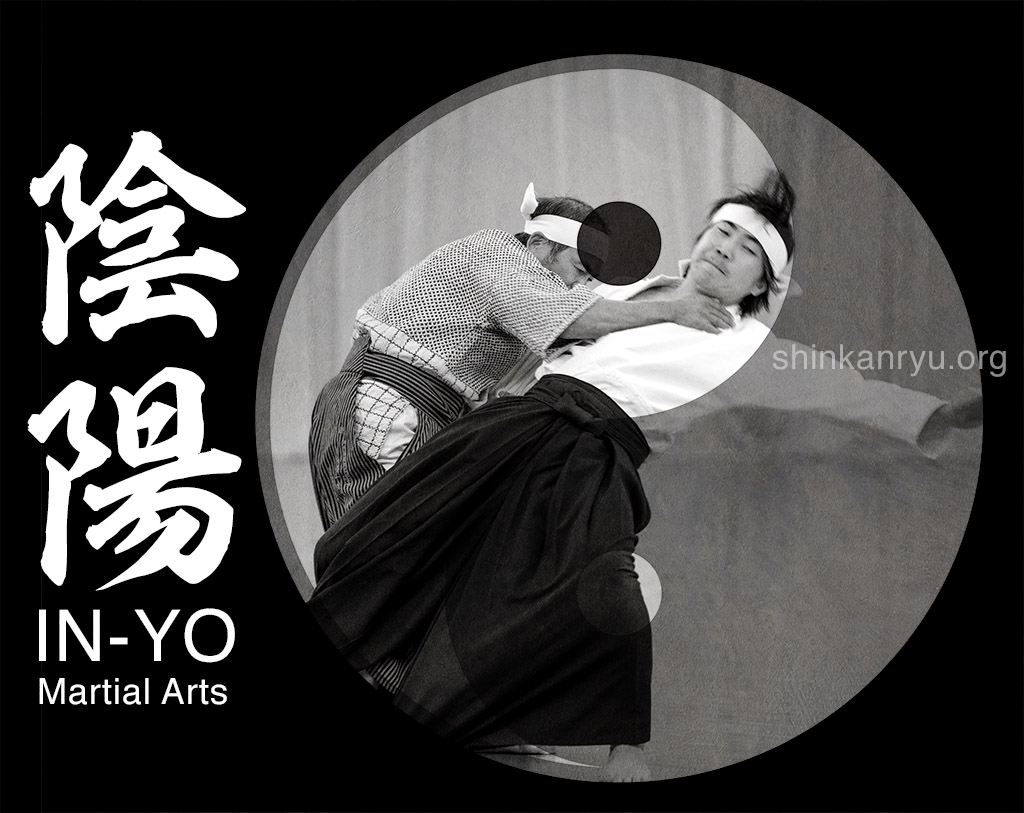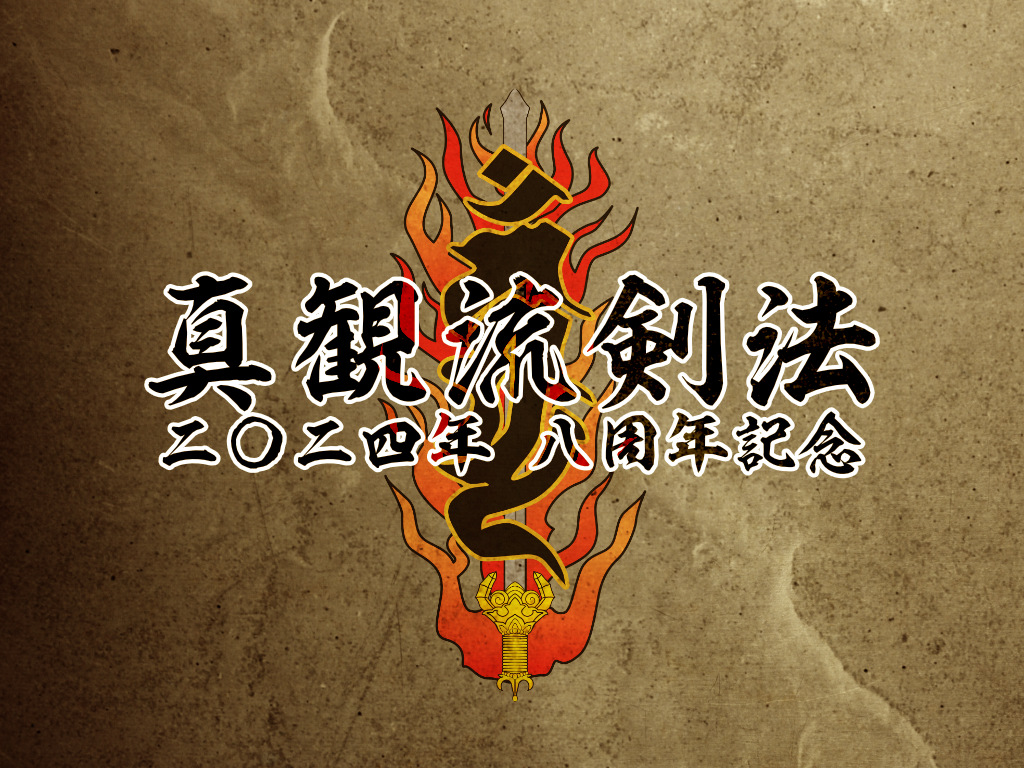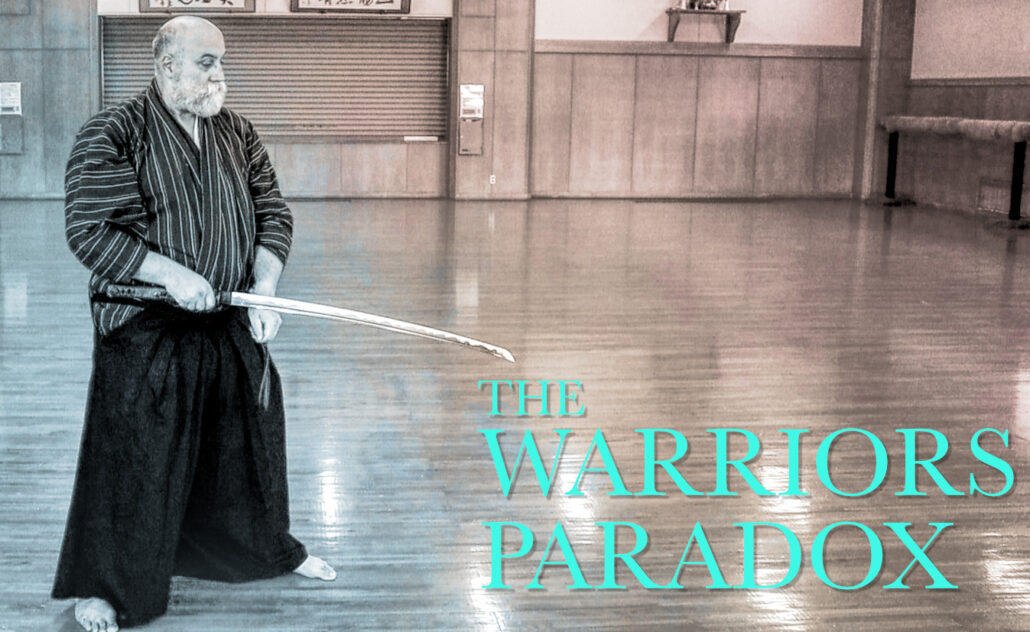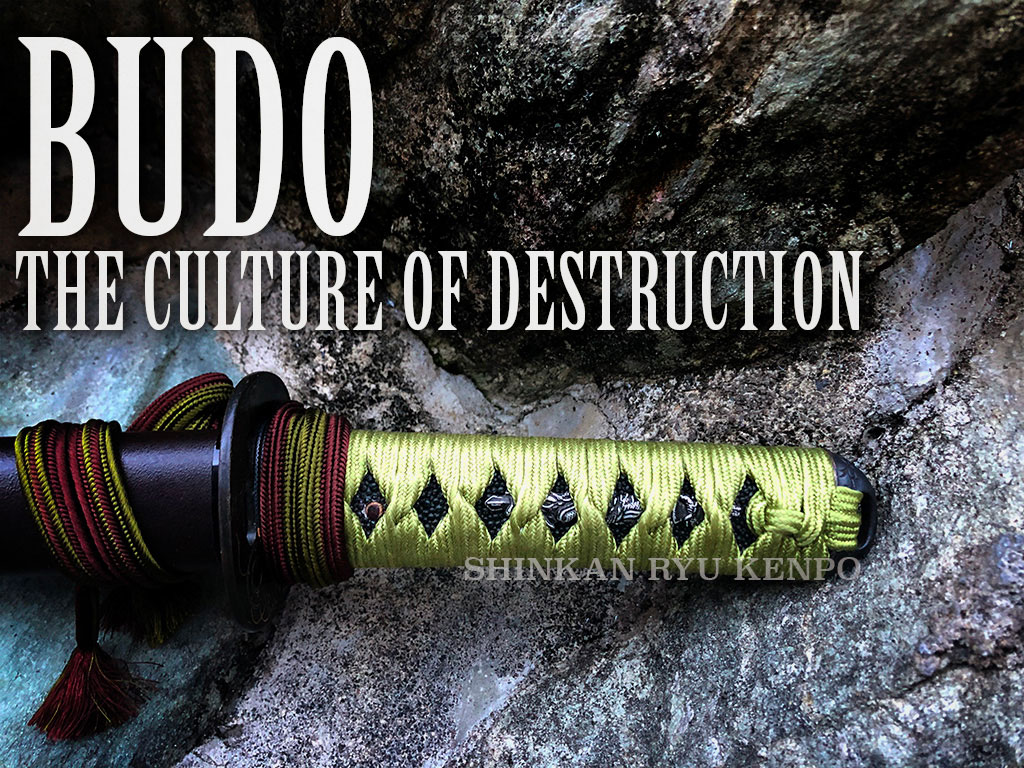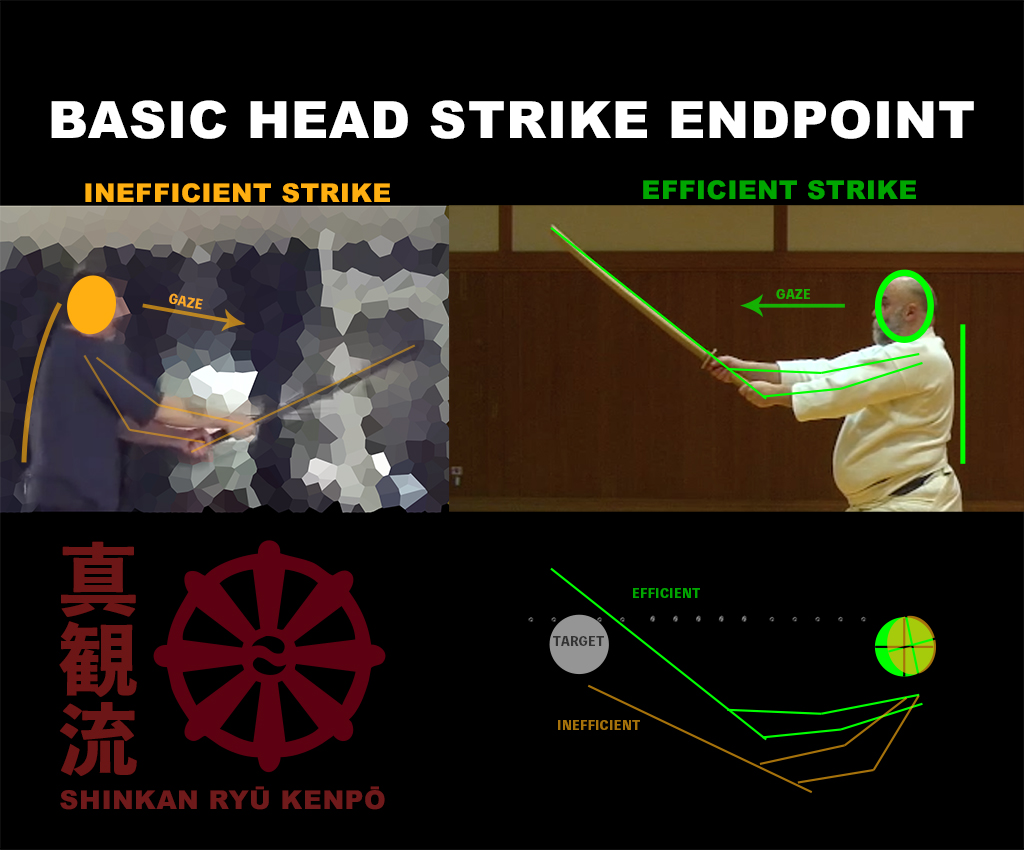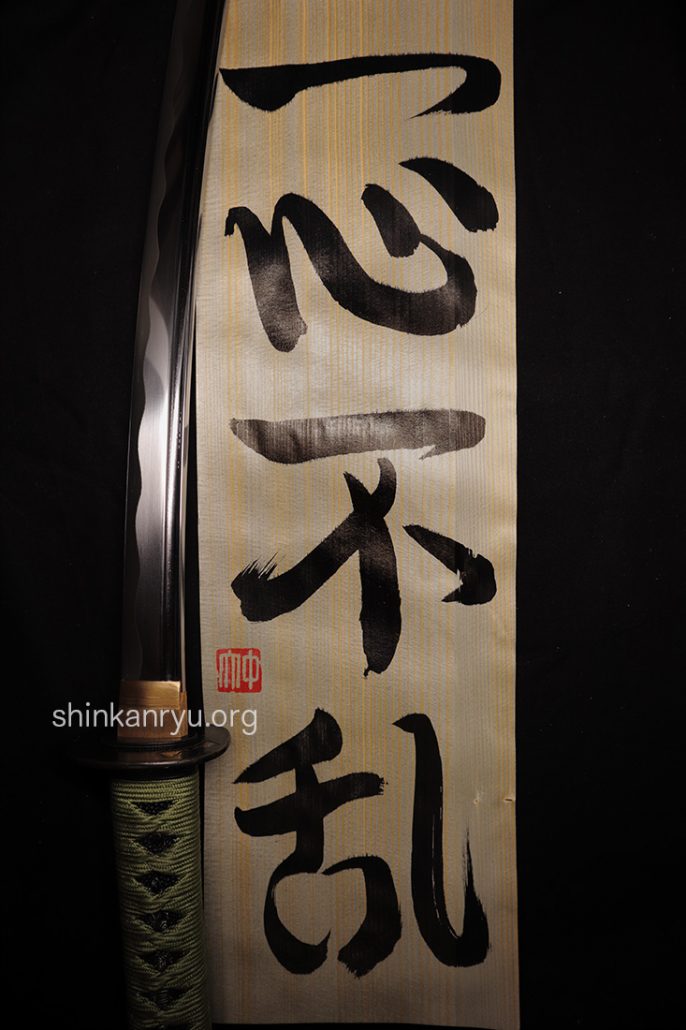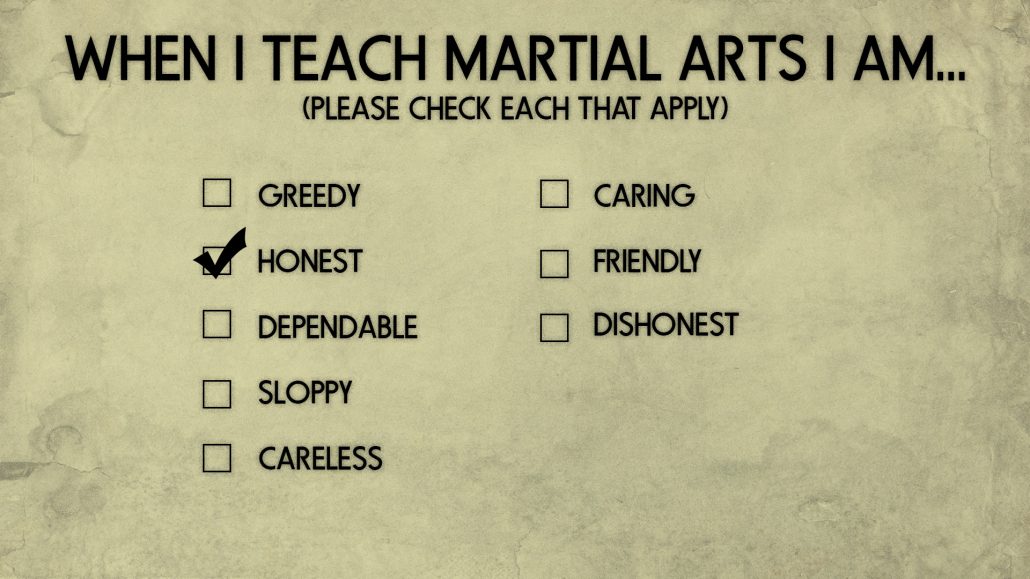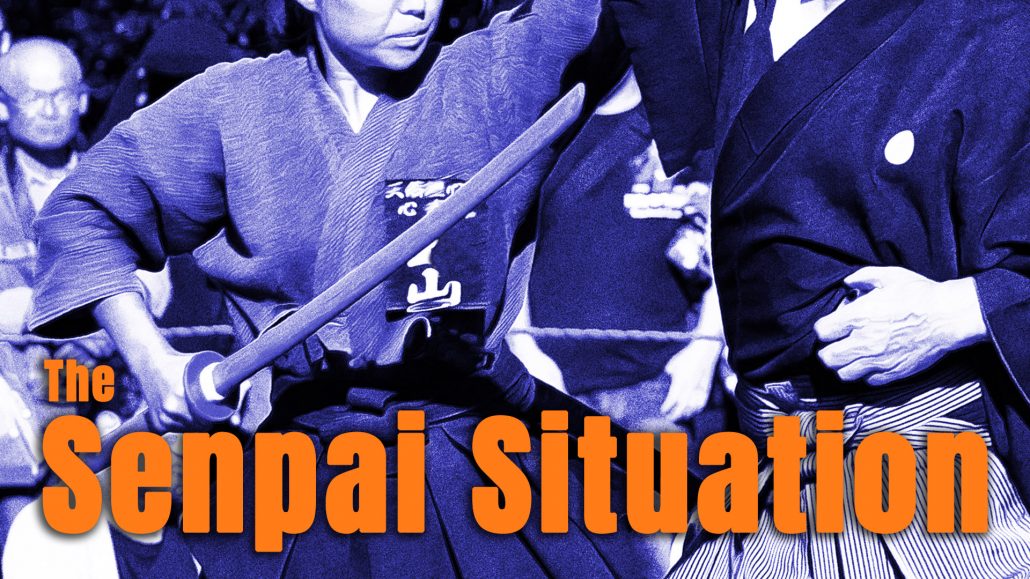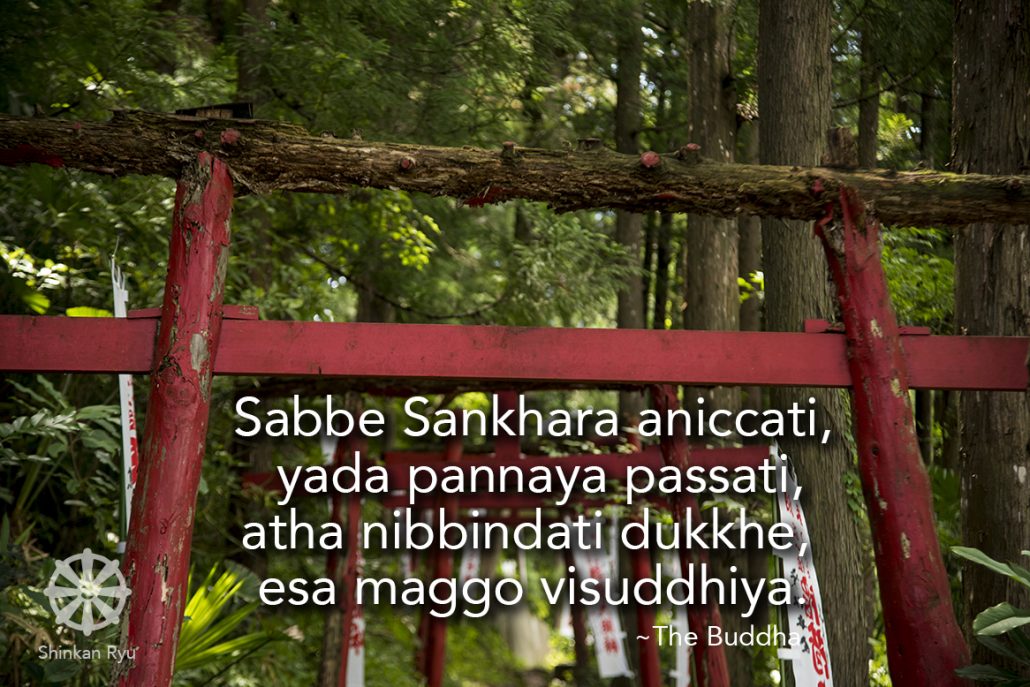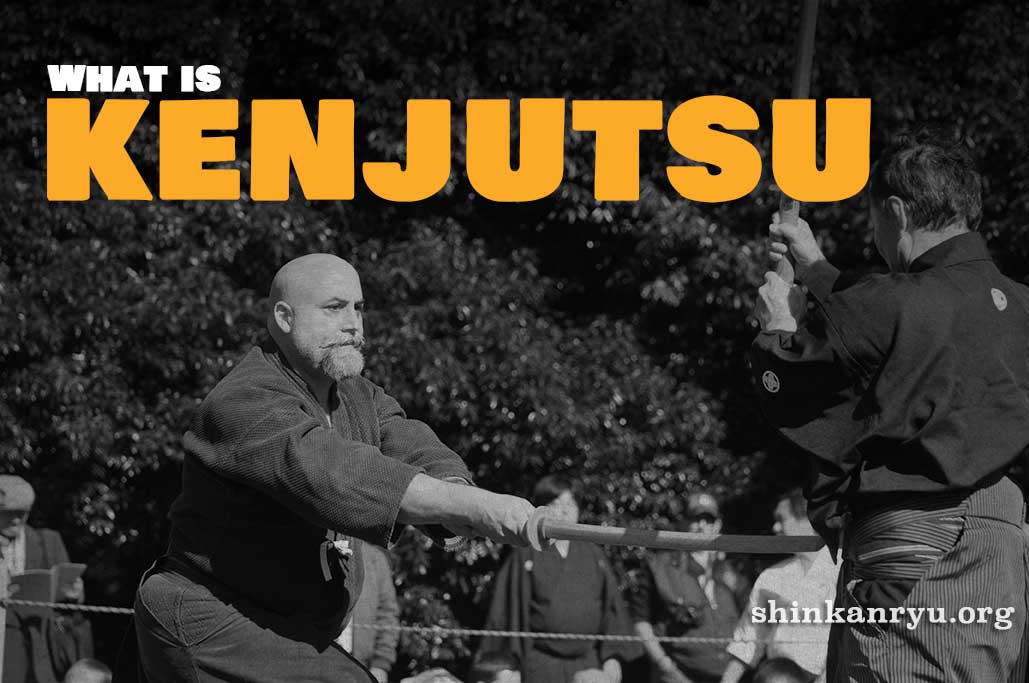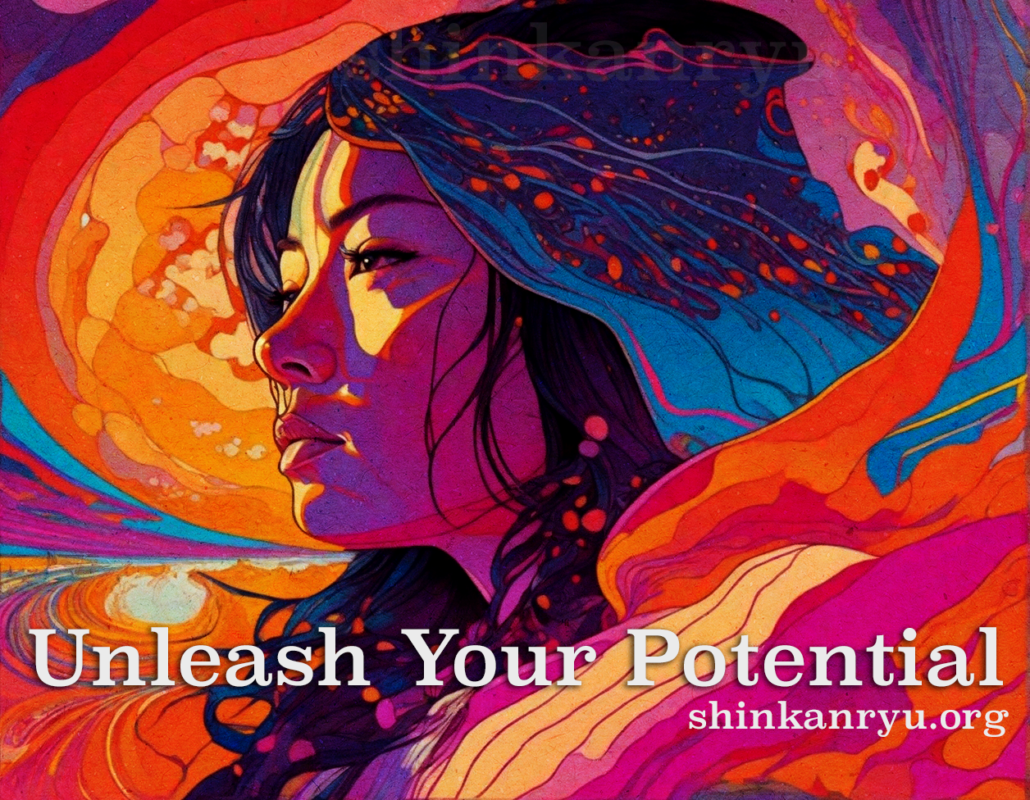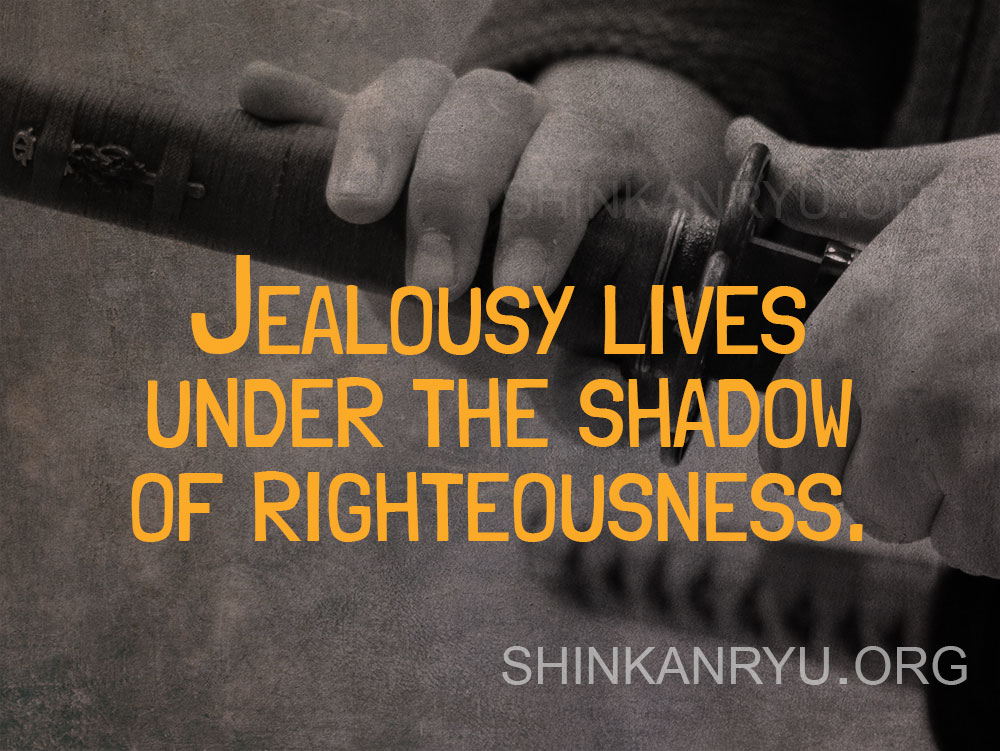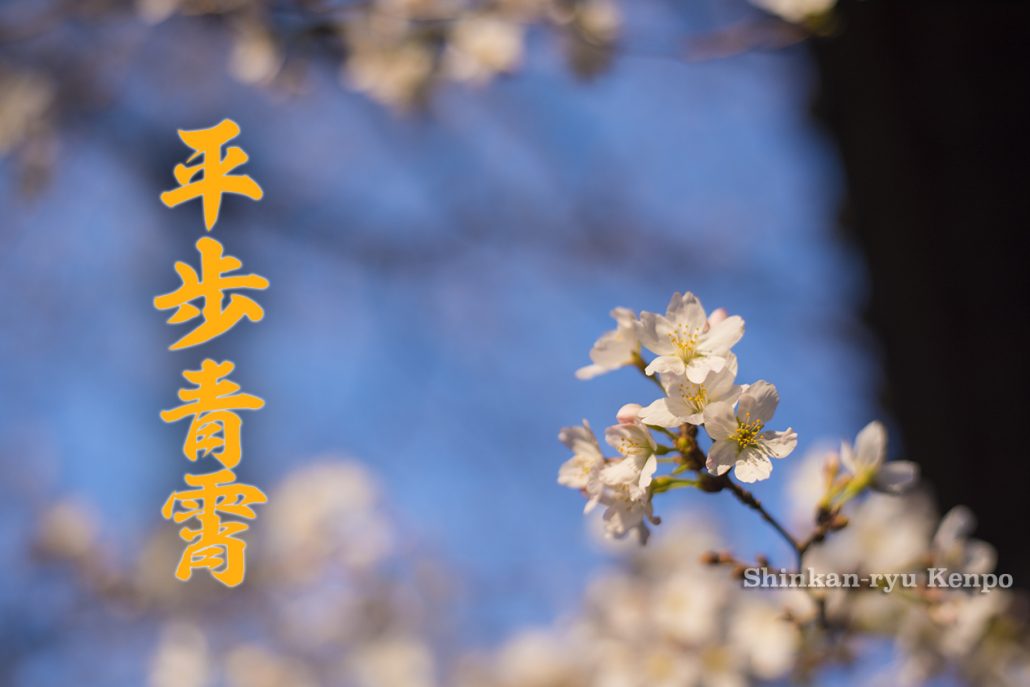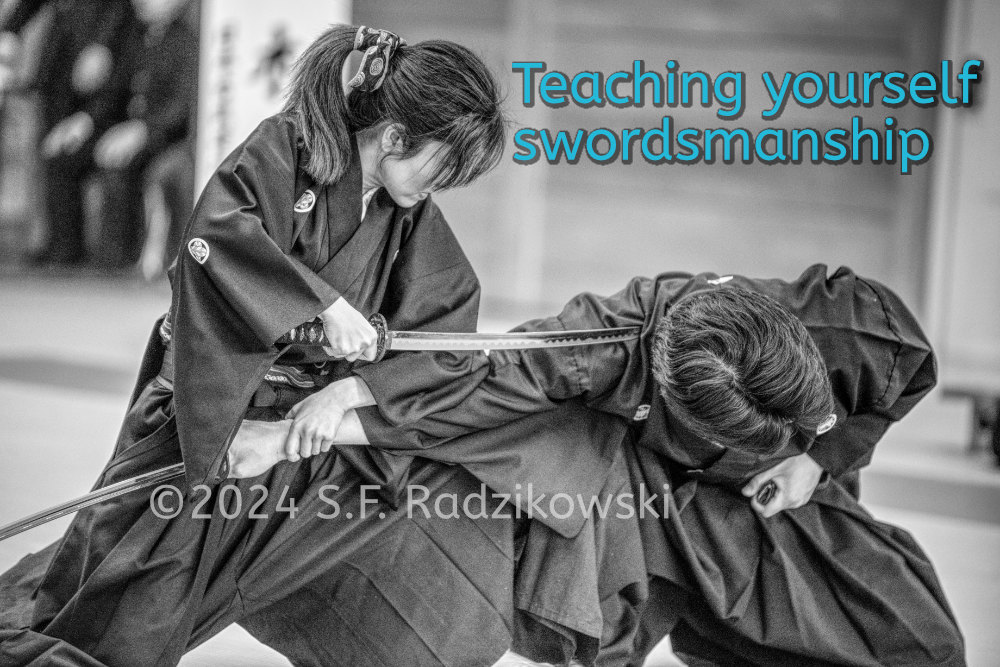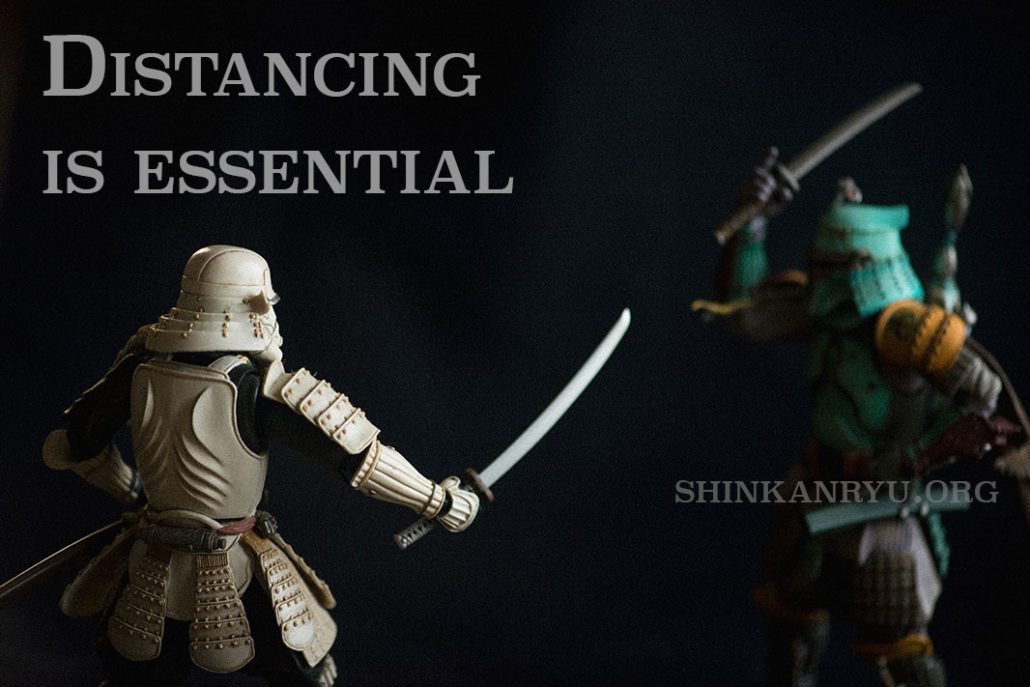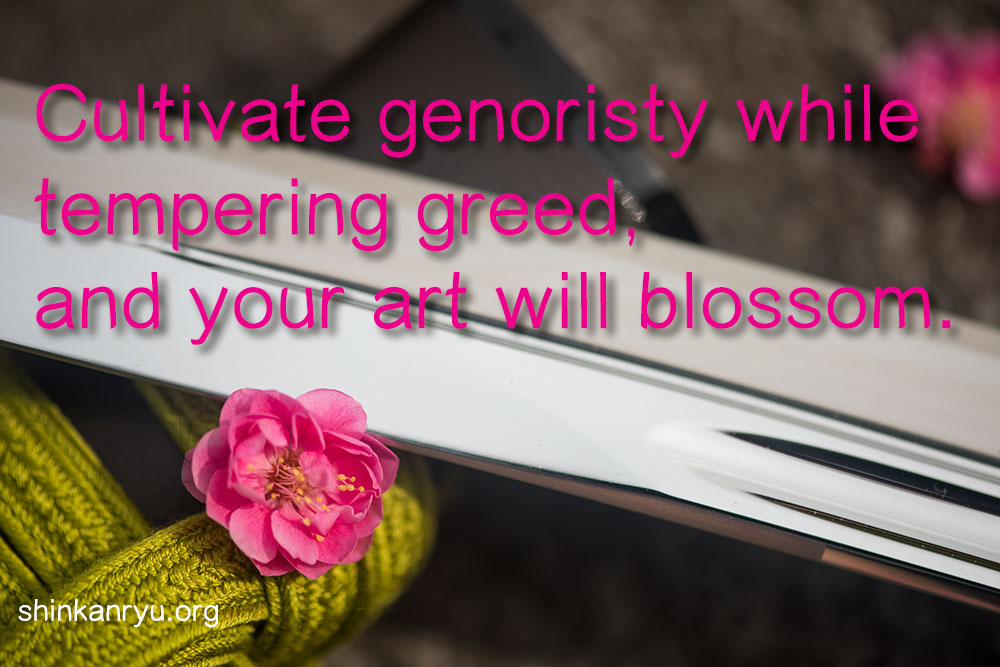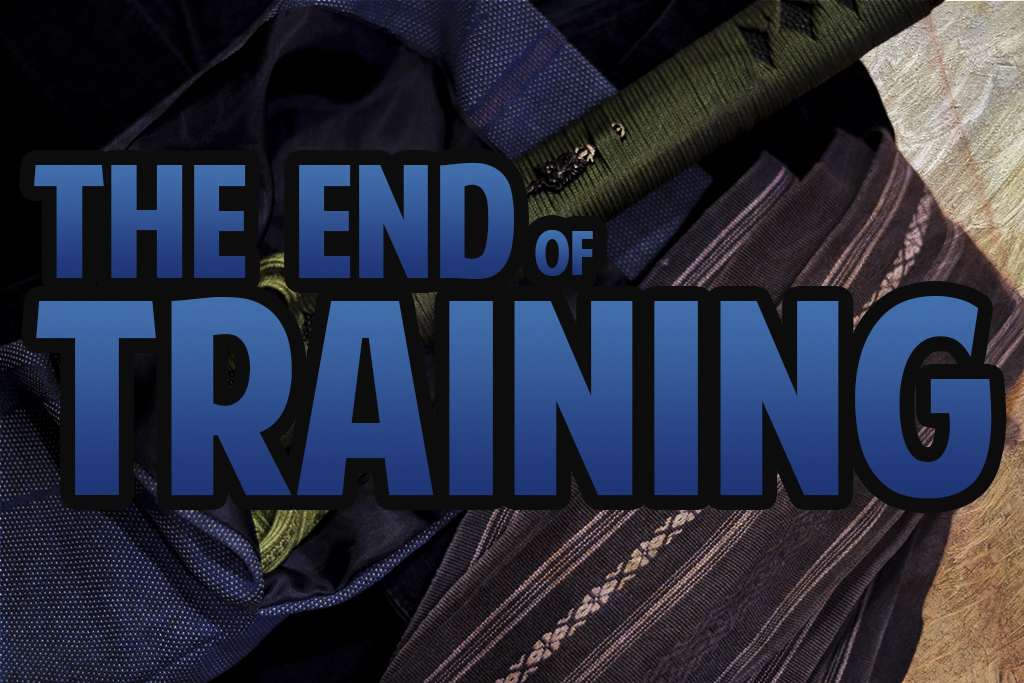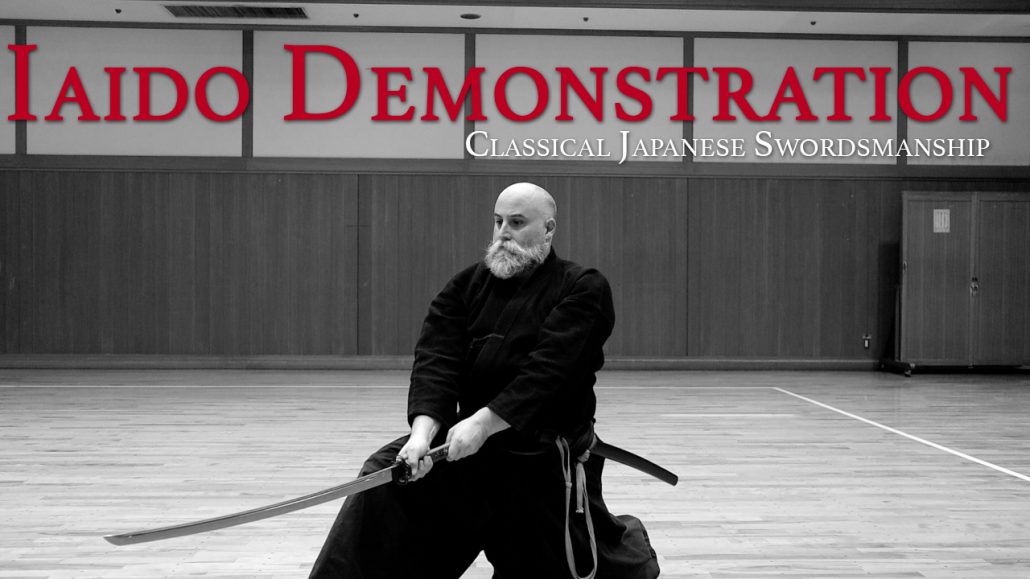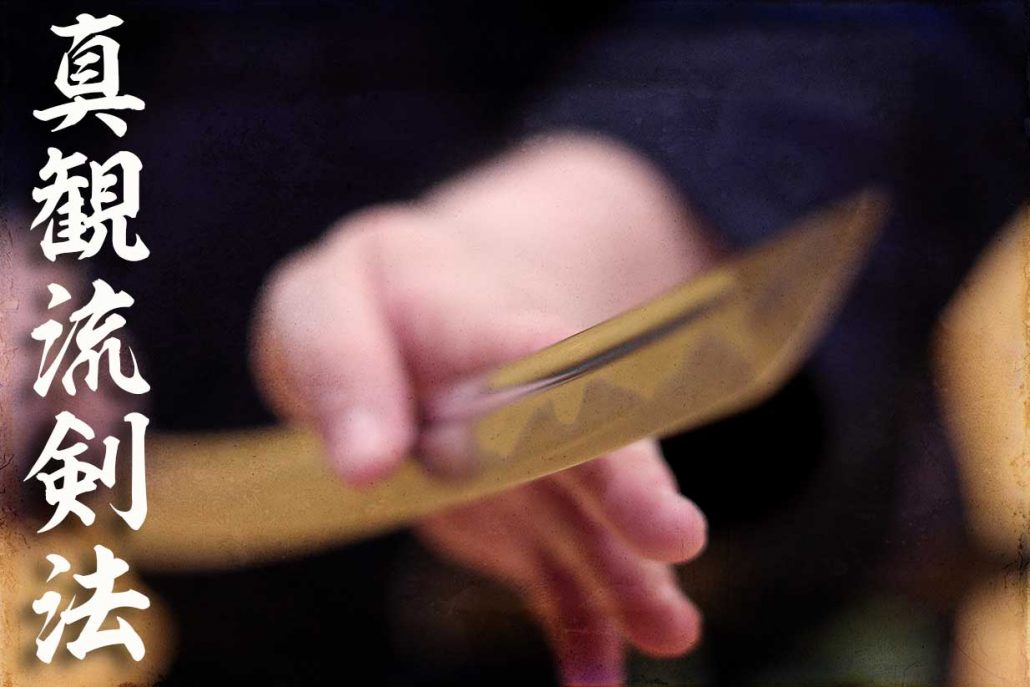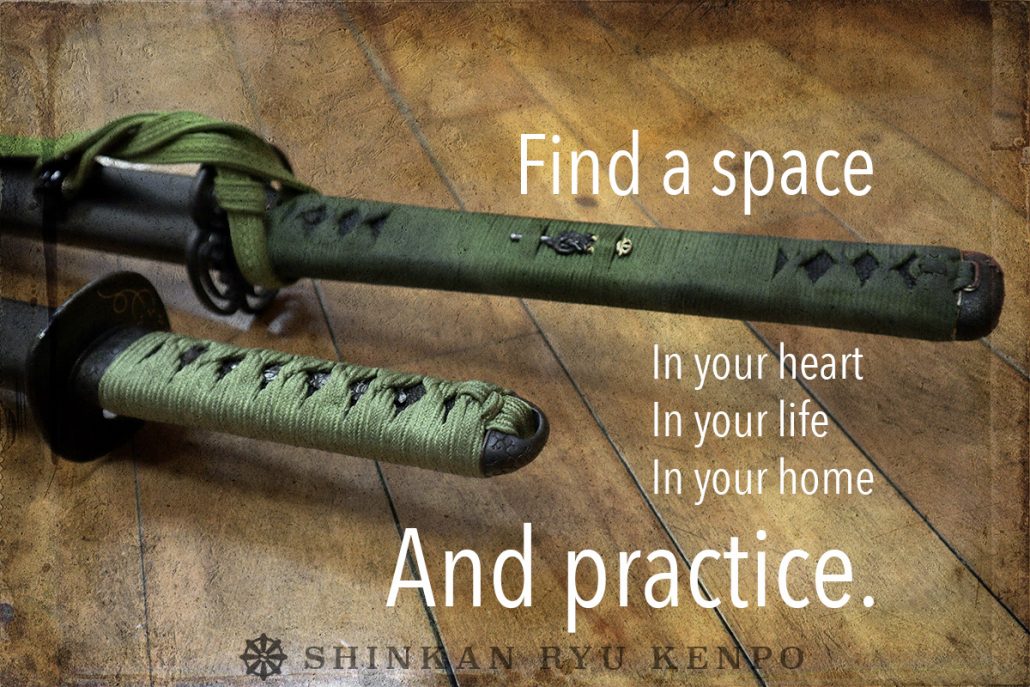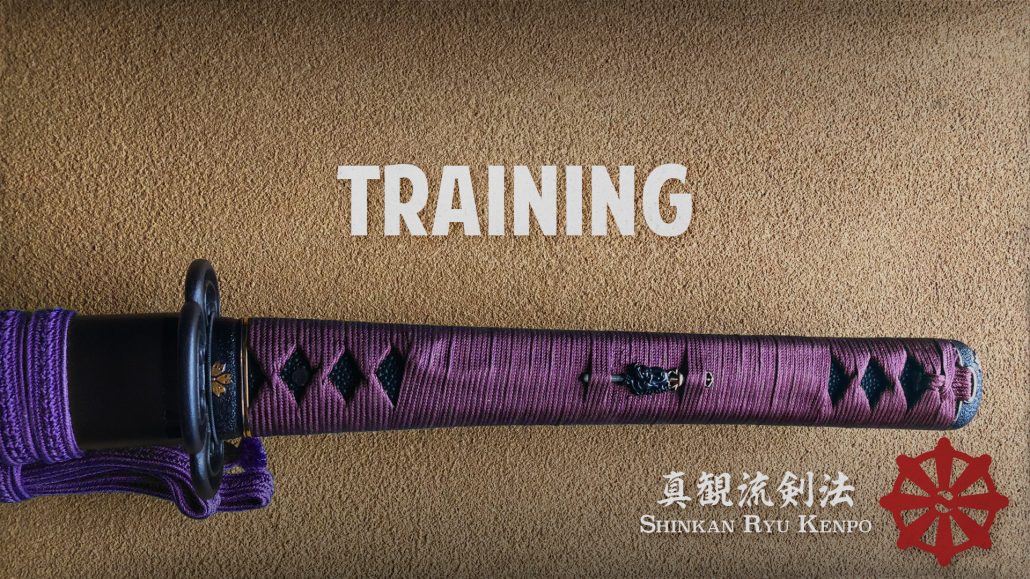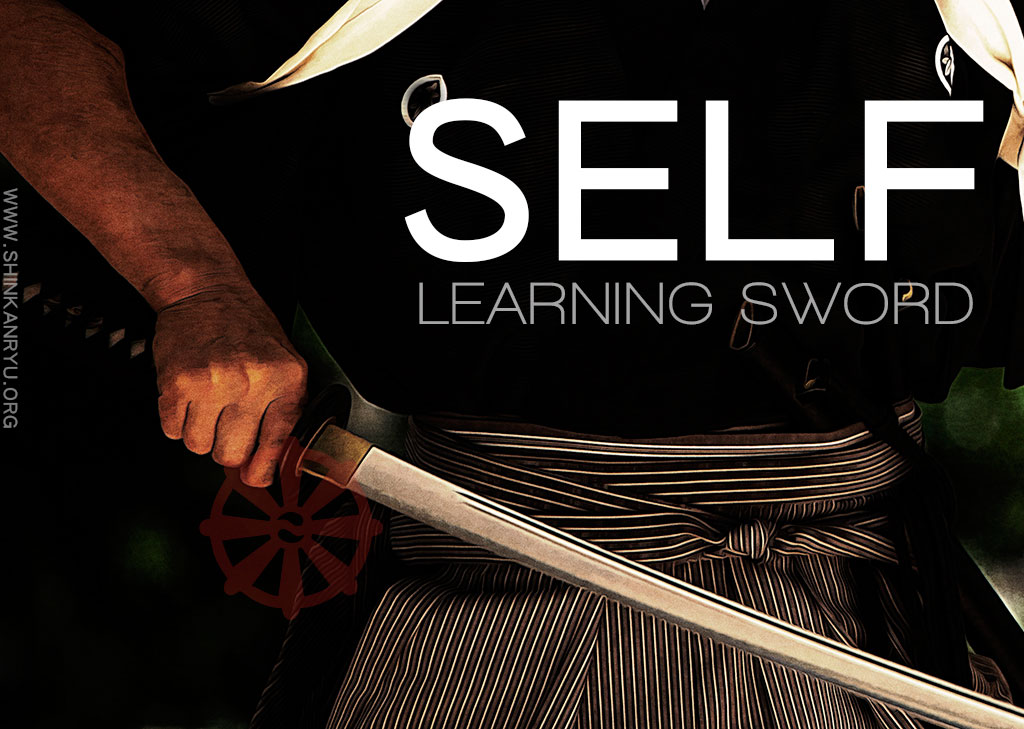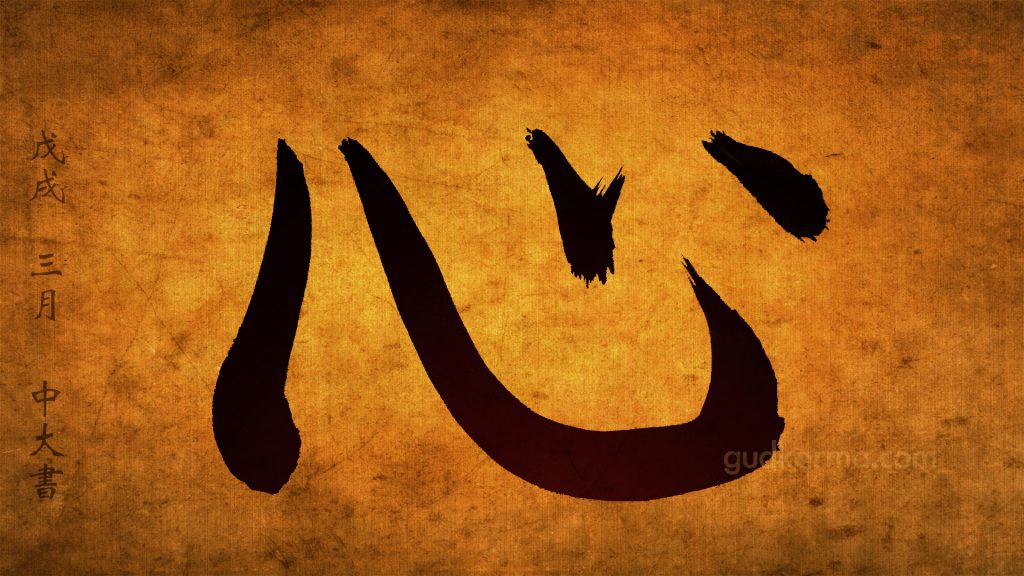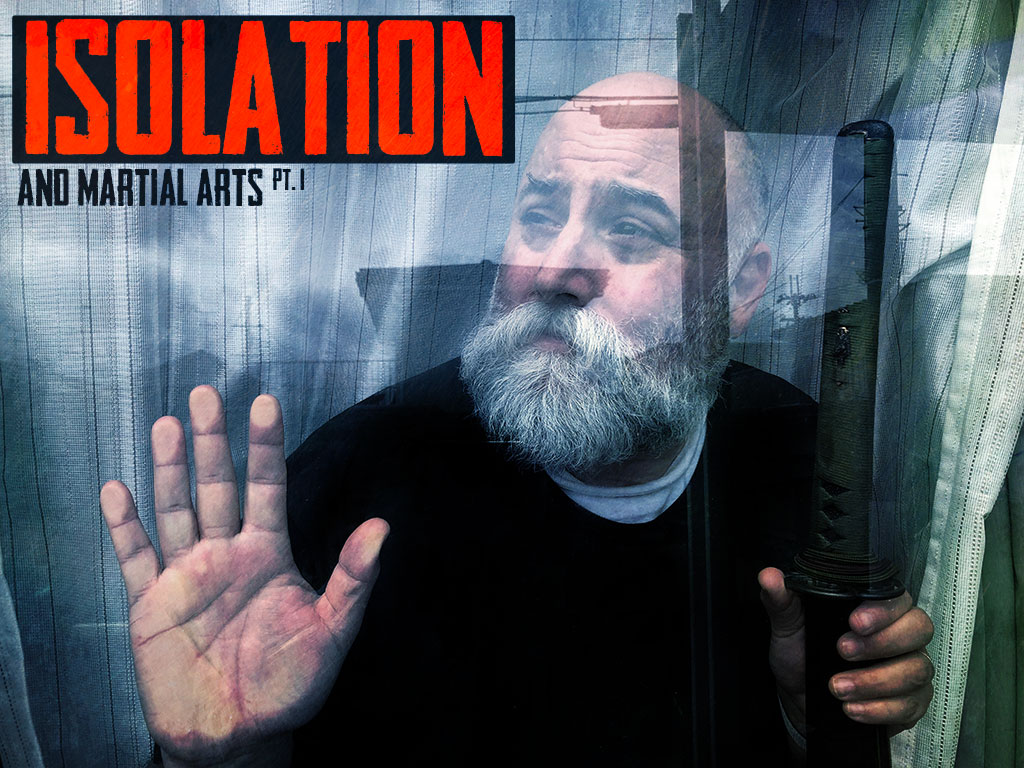What is the difference between munen and mushin? These concepts outline the ideal mental state for the bushi, or warrior of Japan. Attaining either munen or mushin is not overly complicated, yet it can be a difficult subject to discuss. Mushin is integral to the physical acts, tactics, and strategies of bugei. Munen muso is a larger concept for the development of the bugeisha.
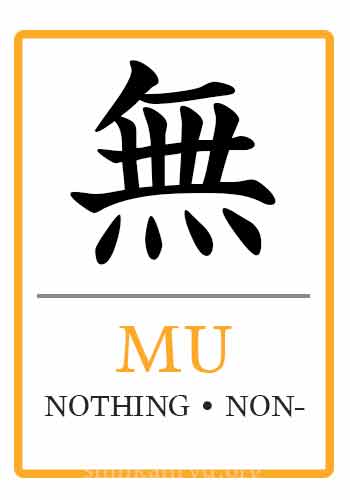
Allow me to offer my non-scholarly breakdown of these words. Mu 無 means nothing. I don't want to get into an Abbott and Costello routine here, but yes mu doesn't mean anything.
"What does mu mean?"
"Nothing!"
"It has to mean something, Abbott."
"It means nothing, Lou!"
Mu once had its meaning in the pictograph for destroying a forest. But its early writing also showed what was possibly a priest giving some sacred dancing and holy rites for a fallen person. Death representing the nothingness. The emptiness and space, rather than the absence of something is a metaphor for what the open and unobstructed mind of munen and mushin represent.
Munen Muso
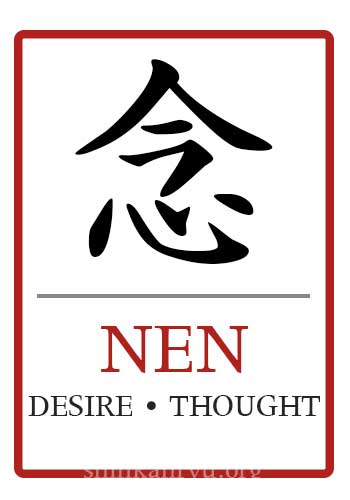
Nen 念 is a word meaning thought in the vein of a desire or a thirst for something. We can get a very Buddhist construct when we put mu and nen together. Munen deals with the idea of having no sensual desire or worldly thoughts. No desire to be nor a wish not to be. No desire to satiate our many thirsts of the eye, nose, mouth, skin, etc. Munen is an ultimate state of mind where one is not being pulled in the directions lead by our desires. Munen muso becomes a phrase meaning no desire and no thought. The mind is in a quite advanced enlightened stage with munen. This type of stage is something cultivated over longer periods of time. It is quite different from mushin. It might be helpful to consider munen as the larger aspect of 'no-thought'.
The phrase, no-mind or no-thought is attributed to the samurai warriors and Buddhist monks of Japan. Munen-muso is not exactly a battle friendly state of mind. A mind imbued with munen is unrestricted by the fetters of ignorance, anger, fear, belief in the self, desire for existence and non-existence, and sense desires, to name some.
TAKE IT TO HEART
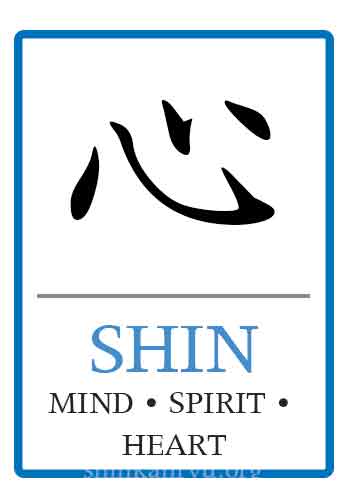
Shin 心 means mind or spirit. Our mental faculties are represented by shin. Through meditation and contemplation, we can cultivate certain states of mind that lead to mushin no shin. The state of no-mind is the mind free from calculating and clinging. This is the functioning state of mind that leads to munen. It is mushin that is useful to the warrior directly involved in combat or the martial artist. It is a neurologically opened state where there is no scheming or planning. Some of us have experienced this when we knock something off the table and without thinking we catch it. The state of mushin is a very natural part of our lives. It is not a mystical or unattainable state of mind. If you have ever "lost yourself" in playing a musical instrument or singing, or chanting then you have achieved the mushin. If you have ever experienced that open flowing moment while playing baseball, jogging, or even mowing the lawn, then you have achieved mushin.
Mushin is different from munen. You can be a person full of greed and anger for example but still attain mushin. Mushin is a temporary state. Munen is a state of mind that undergoes a permanent transformation. When someone rids themselves of greed, they have understood its origins, and its how it arises. When it is understood and triumphed greed does not return. Mushin can be achieved by anyone, however, munen requires a lot of work and many years of practice. Munen is the ultimate goal.
During bujutsu keiko or martial arts training mushin is something achieved naturally when the practitioner has attained enough general movement memory to perform techniques without forethought. In arts like kenjutsu, the student is pushed into dealing with the sword of uchidachi, therefore mushin can be triggered somewhat more profoundly sooner than the solo art of iaijutsu. The absence of conscious planning and scheming is where mushin blossoms. Letting go of ego-driven inner dialogue and planning will allow the state of no-mind to flourish. It is why reaction times seem so fast. We have the somatic aspect of speed, how quickly limbs can move based on the condition of our ligaments, tendons, and muscles, but we also have the speed potential at which those limbs can react. Mushin opens the neurological latent speed by bypassing 'us'. The 'I am going to do this or that' part of us. It just isn't needed, and in mushin, it isn't there. That is why its so valuable to the warrior or martial artist. It is a more or less pure reaction, an open stream of light through a window. It doesn't pass a filter, the sunlight just shines onto the floor unobstructed and unchanged. We do not have to fiddle with blinds or shades and draw them open to get the sunlight into the room. In mushin, we have removed the shades and filters.
In the end, intellectualizing all of this is a danger and leads no one closer to understanding it. One should not set out to achieve these states explicitly, but to slowly focus and hone one's skills during keiko or shugyo. These states can best be understood by attaining them in our practice.
FAQs Munen and Mushin
1. What are Munen and Mushin, and how do they relate to Japanese warriors?
Answer: Munen and Mushin are concepts that describe the ideal mental states for the bushi, or Japanese warriors. Mushin is integral to the physical acts, tactics, and strategies of bugei, while Munen Muso represents a larger concept for the development of the bugeisha. Both states emphasize the importance of a clear, unobstructed mind in martial arts.
2. How do Munen and Mushin differ in their application and attainment?
Answer: Munen, which translates to "no-thought," is a state of mind where one is free from worldly desires and distractions. It is a more permanent transformation that requires prolonged practice and cultivation. Mushin, on the other hand, is a temporary state of "no-mind," where the mind is free from calculating and clinging. It can be achieved naturally during activities like playing a musical instrument, sports, or even during martial arts training. While Mushin can be attained by anyone, achieving Munen requires dedicated effort and years of practice.
3. Why is Mushin considered valuable for martial artists and warriors?
Answer: Mushin is a state where the mind is free from conscious planning and scheming, allowing for faster and more natural reactions. In this state, the neurological speed is unlocked, bypassing the conscious "I am going to do this or that" thought process. This pure reaction, akin to sunlight shining unobstructed through a window, enhances the reaction times and effectiveness of a warrior or martial artist, making it a highly sought-after state during combat or training.

ラジカスキー真照
館長Saneteru Radzikowski is the head sword instructor of Shinkan-ryū Kenpō. He lives and teaches Iaijutsu and Kenjutsu from Nara, Japan.
Is Compassion Important In Martial Arts?
What is compassion? Compassion is a concern for the suffering or problems of others. The...
Koryū Menkyo Kaiden & Classical Martial Arts Proliferation
免許皆伝 Menkyo Kaiden and Koryu Proliferation Mention menkyo or menkyo kaiden around some martial artists...
Pain & Training In The Martial Arts
Pain & Training Pain is a universal dilemma. Especially for those in sports or martial...
The Mind According to Saito Yakuro of Shintō Munen Ryū 斎藤弥九郎神道無念流
「武は戈を止むるの義なれば少しも争心あるべからず」斎藤弥九郎神道無念流練兵館 斎藤弥九郎 Saito Yakuro, Shindō Munen Ryu instructor of the famous Renpeikan in Edo once...
Code of Bushido Righteous Heart
Being righteous and doing the right thing is one of the foundations of body and...
Too Many Martial Arts
The koryū of Japan are not self-defense arts. Although they can be authentic and certainly...
Bujutsu Truth
Be honest. Move with the truth and discard the lies and false facades. Leave them...
Happy Setsubun
鬼は外! 福は内! In our house we dont use beans to chase out the demons, we...
What Does Iaido & Iaijutsu Mean?
Iaijutsu and iaido are components of kenjutsu 剣術, the arts of the sword. Iaijutsu, iaido...
Seven Points For Learning Martial Arts
I am often thinking about how to learn bujutsu productively. The efficiency of body and...
Budo Thoughts
There are techniques and scrolls and teachings all over the dojo. What does it matter...
A Lesson Of The Brush & Budō
Today during shodo practice I wrote this. Our minds as the top of...
Secrets of Swordsmanship: In-yō. Ying & Yang
I wanted to talk about IN-YŌ 陰陽, or more commonly known as yin & yang....
Reflections on 31 Years of Martial Arts and 8 Years of Shinkan-ryū Kenpō
不動心 (Fudōshin) – The Immovable Mind As I mark 31 years of practicing martial arts...
The Warrior Paradox
The True Spirit of Martial Arts: Beyond the Skilled Sword In the world of Japanese...
Budo: The Culture of Destruction
The desire to destroy is within us all. We must overcome this urge to tear...
Basic Head Strike Iaijutsu Kenjutsu
Good Posture = Efficient Movement A graphic I made for a student talking about the...
Bujutsu Thoughts Issin-furan
[fusion_builder_container hundred_percent="no" hundred_percent_height="no" hundred_percent_height_scroll="no" hundred_percent_height_center_content="yes" equal_height_columns="no" menu_anchor="" hide_on_mobile="small-visibility,medium-visibility,large-visibility" status="published" publish_date="" class="" id="" background_color="" background_image="" background_position="center...
Honesty and the Martial Arts Hermit. Being a good budō teacher and student.
When people want to find a martial arts teacher, do they often think of mister...
What Is A Good Senpai In Budō?
I have discussed teachers and students within martial arts. The senpai-kohai relationship is just as...
Impermanence, The Mind, and the Truth
After every meditation session my teacher, with his eyes still closed, would softly speak in...
What is Kenjutsu? A guide to Japanese swordsmanship
Kenjutsu (剣術) is the Japanese art of the sword. It is one of the four...
Unleash the Potential of Your Iaido Success
We’re diving deep into the art and discipline of Iaido, a journey that goes far...
Jealous Martial Artists
Martial artists should be aware of what can live in the shadow of righteousness; jealousy...
Secrets of Swordsmanship: In-yō. Ying & Yang
I wanted to talk about IN-YŌ 陰陽, or more commonly known as yin & yang....
Equanimity Of A Bushi
Under the big blue sky, Walk with purpose. せいしょうにへいほうす。青空をすたすた歩く。 Move towards your difficulties (or life...
Teaching yourself Iaido and Swordsmanship
The Challenges of Self-Learning Swordsmanship In martial arts, particularly in the study of swordsmanship, a...
Covid-19 Corona Virus And Martial Arts
Basic Head Strike Iaijutsu Kenjutsu
Good Posture = Efficient Movement A graphic I made for a student talking about the...
Seven Points For Learning Martial Arts
I am often thinking about how to learn bujutsu productively. The efficiency of body and...
Greed And Martial Arts
We must endeavor to cultivate generosity while looking at the roots of our greed. Removing...
The End of Training & Boredom In Martial Arts
Budō Is Limitless When does training end? When do we become a master? The short...
Tachi Iai & Suwari Iai Demonstrations
[fusion_builder_container hundred_percent="no" hundred_percent_height="no" hundred_percent_height_scroll="no" hundred_percent_height_center_content="yes" equal_height_columns="no" menu_anchor="" hide_on_mobile="small-visibility,medium-visibility,large-visibility" status="published" publish_date="" class="" id="" background_color="" background_image="" background_position="center...
Too Many Martial Arts
The koryū of Japan are not self-defense arts. Although they can be authentic and certainly...
Narrow Minds Walk Narrow Paths
Narrow Minds Walk Narrow Paths There are a lot of martial arts to enjoy. There...
Budō Practice Is Everywhere
Practicing without many excuses not to is a good practice.
The Warrior Paradox
The True Spirit of Martial Arts: Beyond the Skilled Sword In the world of Japanese...
How To Avoid Training Pitfalls In Martial Arts
Beware The Rabbit Holes. I want to talk about some pitfalls of martial arts training....
Budo: The Culture of Destruction
The desire to destroy is within us all. We must overcome this urge to tear...
How to self-learn sword skills?
How to self-learn sword? A question that pops up in my communications frequently is, “How...
Happy Setsubun
鬼は外! 福は内! In our house we dont use beans to chase out the demons, we...
The Martial Arts Heart
Budo values reflection and compassion. When these are not present it is hard to develop...
Fear Isolation Martial Arts
Budo does not begin and end when you pass through the dojo, or step on...
What Is A Good Senpai In Budō?
I have discussed teachers and students within martial arts. The senpai-kohai relationship is just as...


